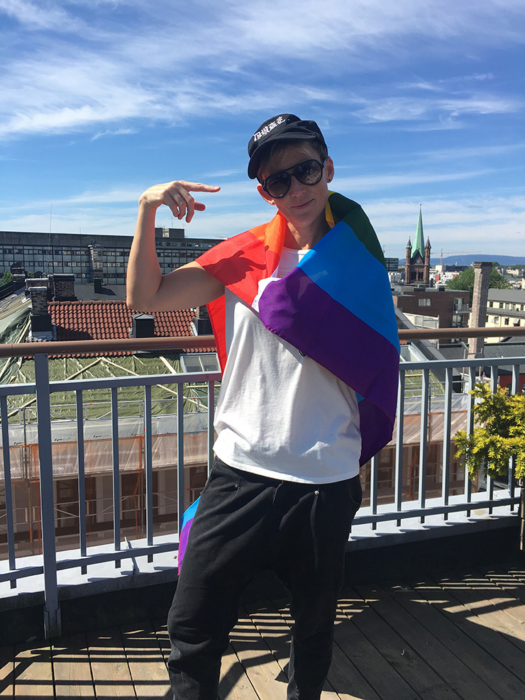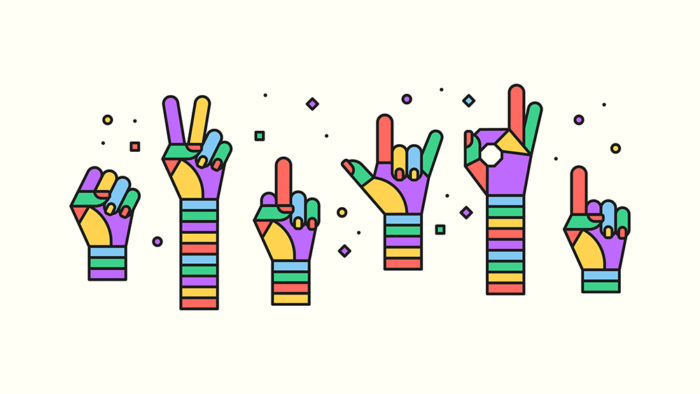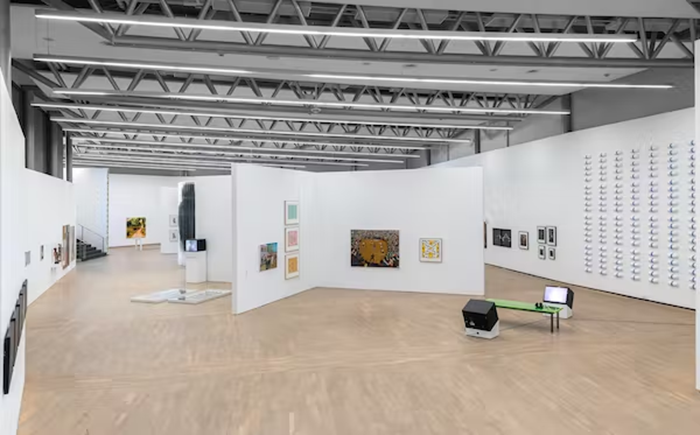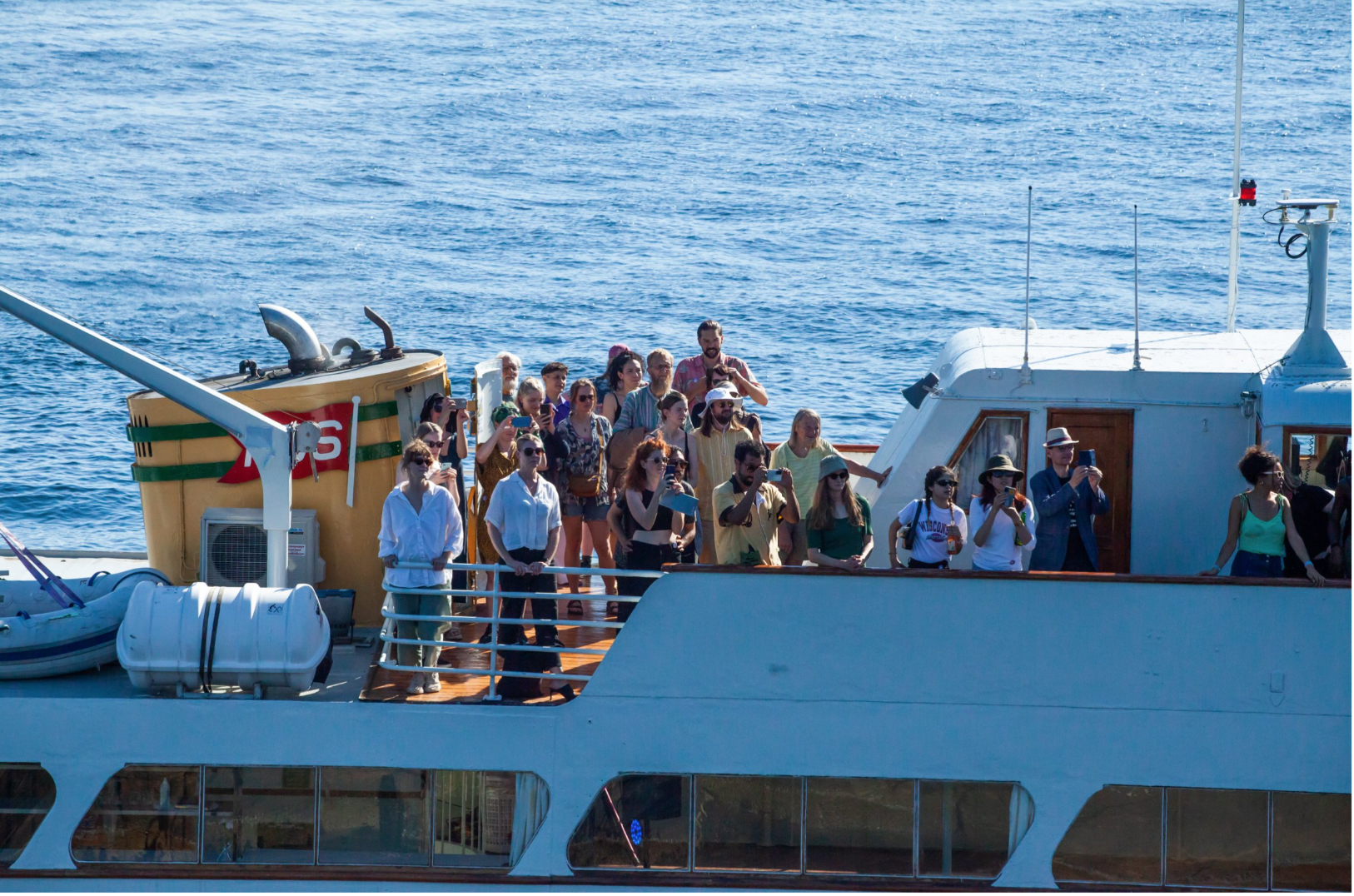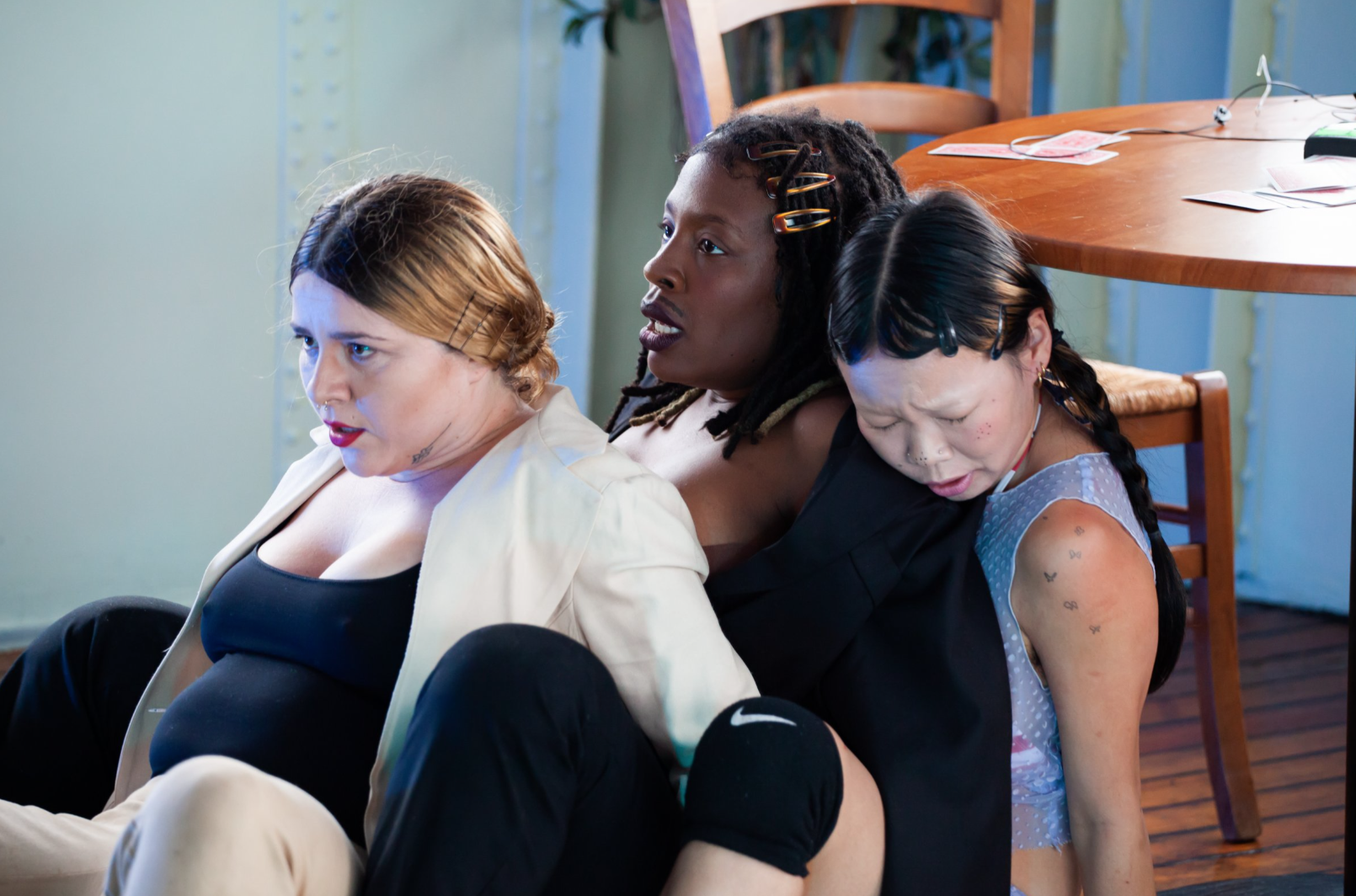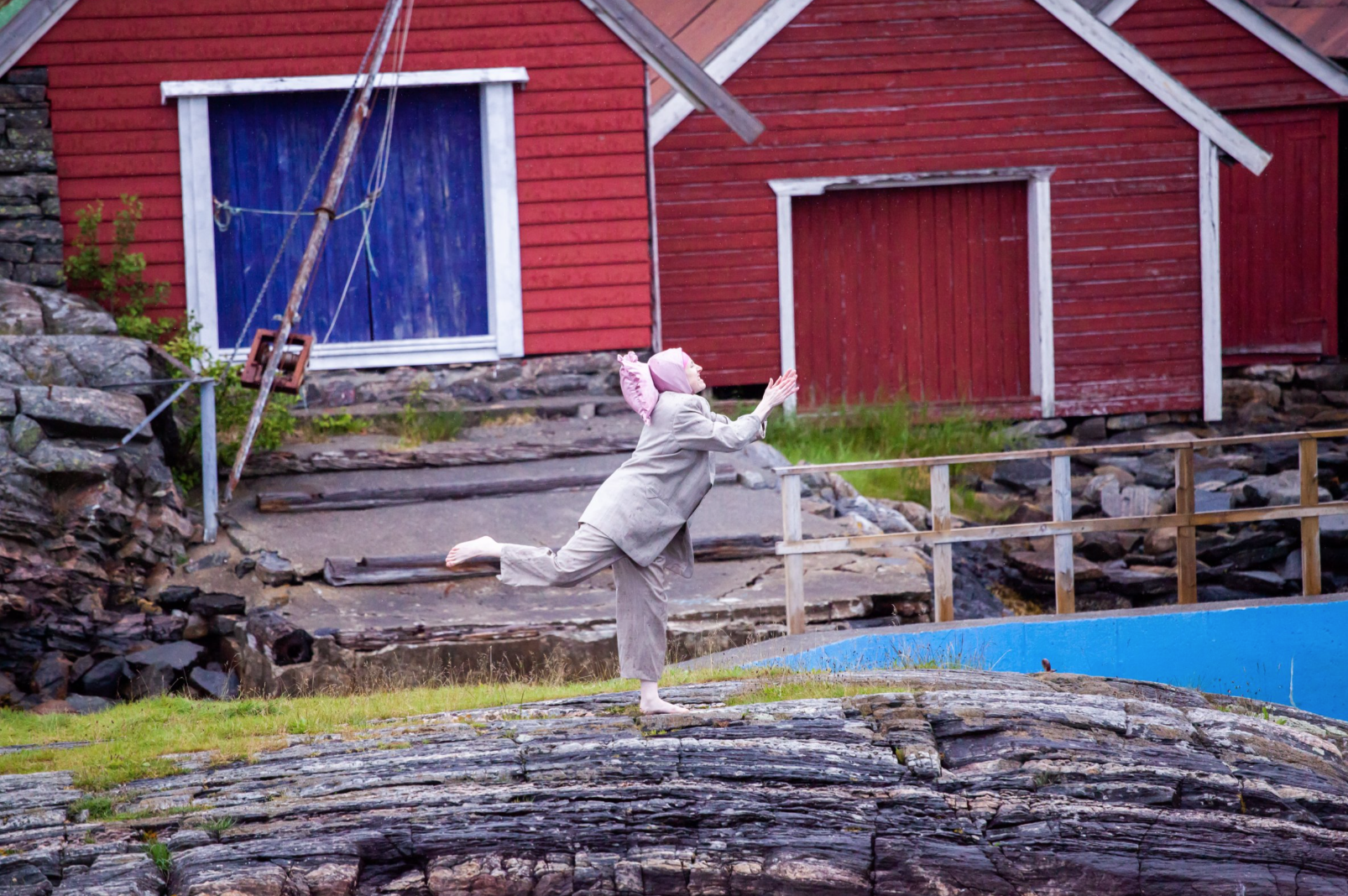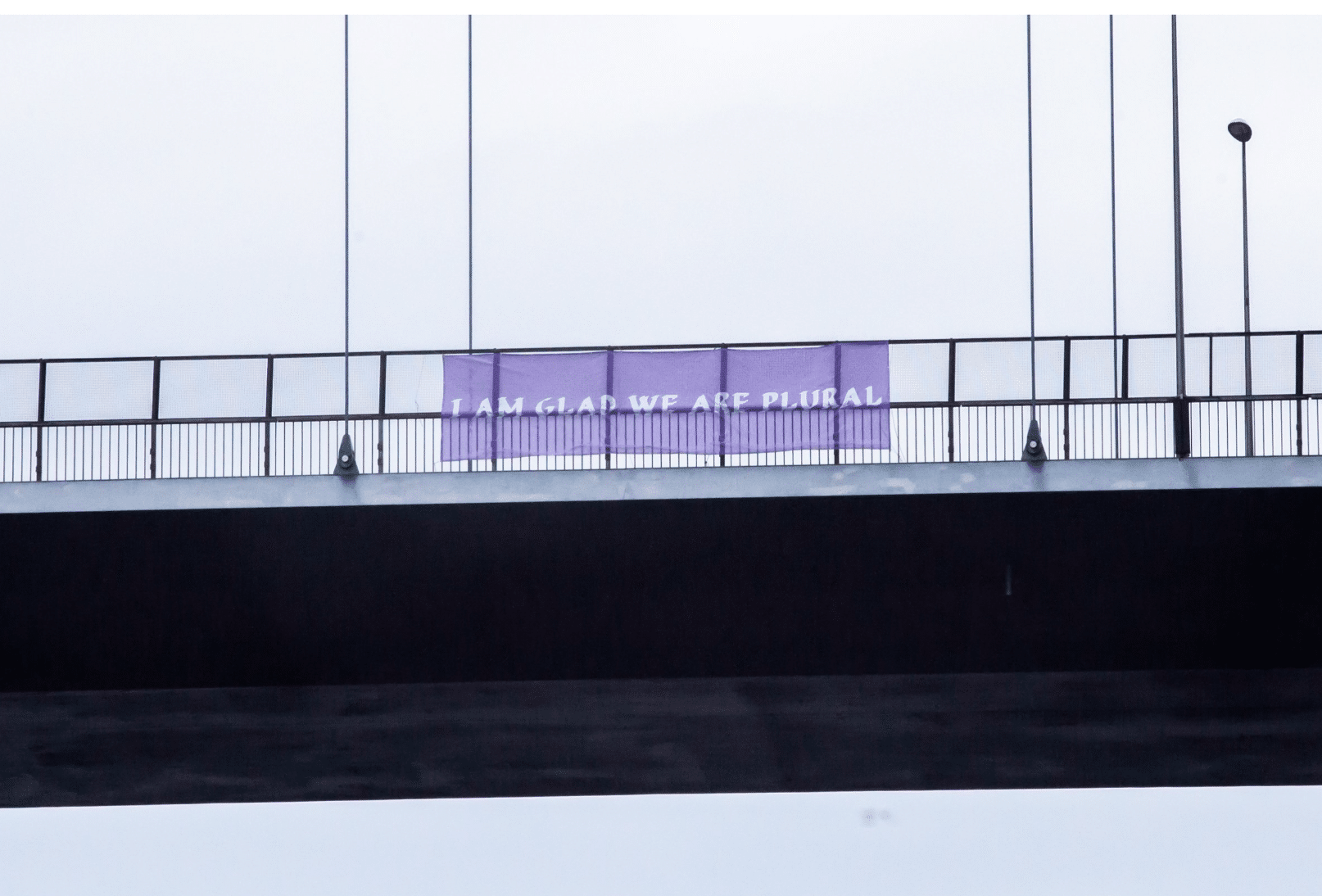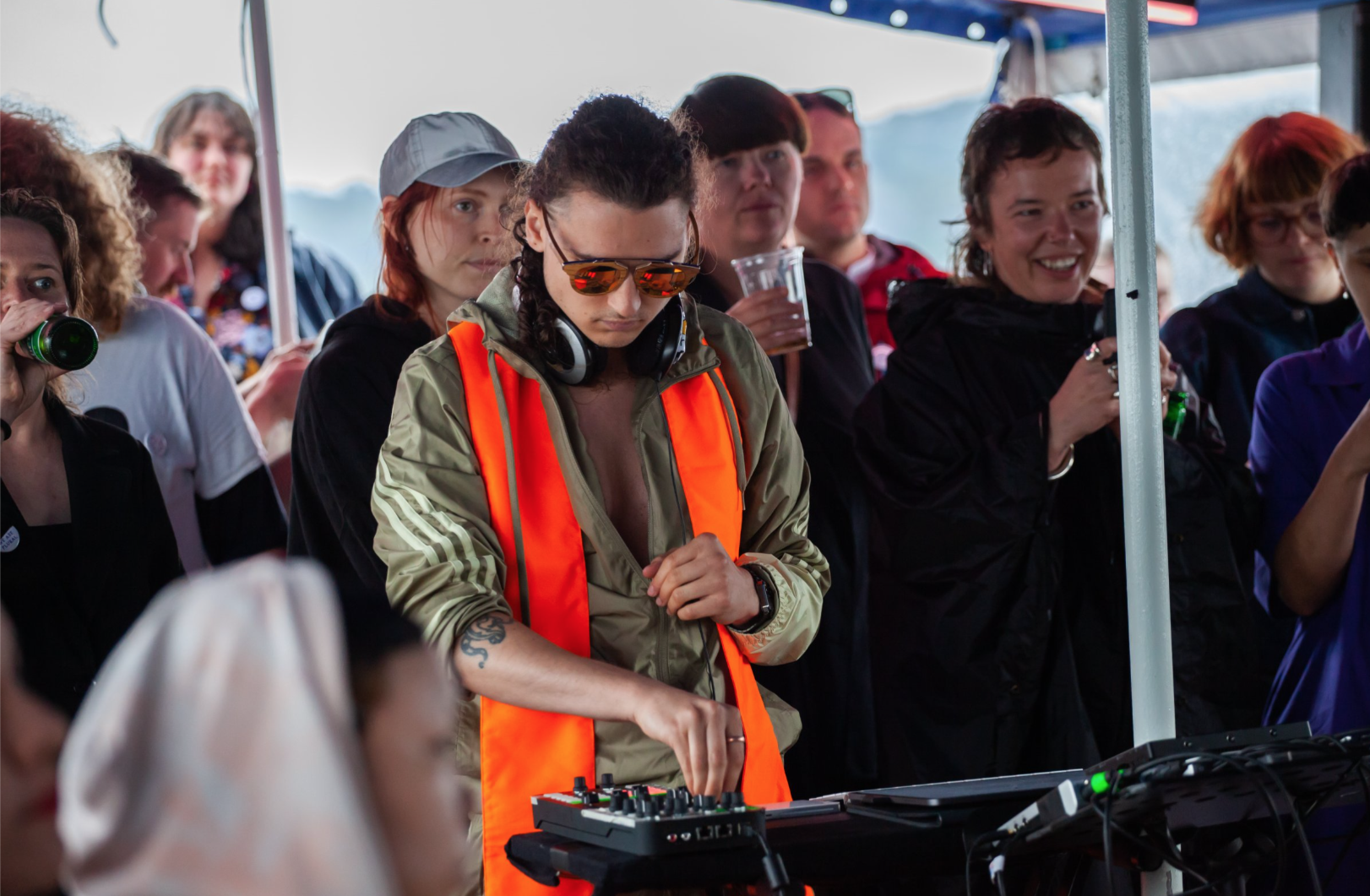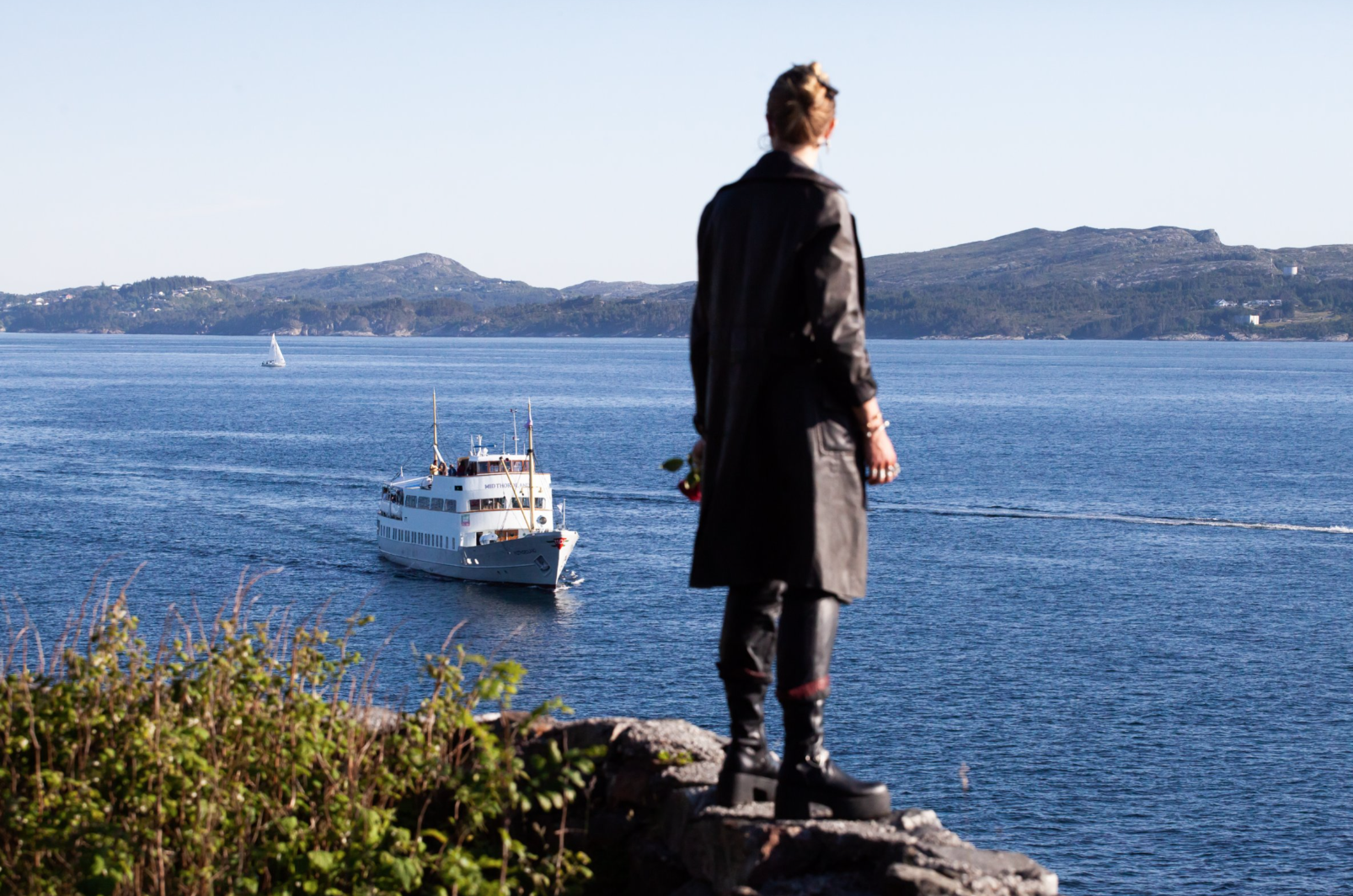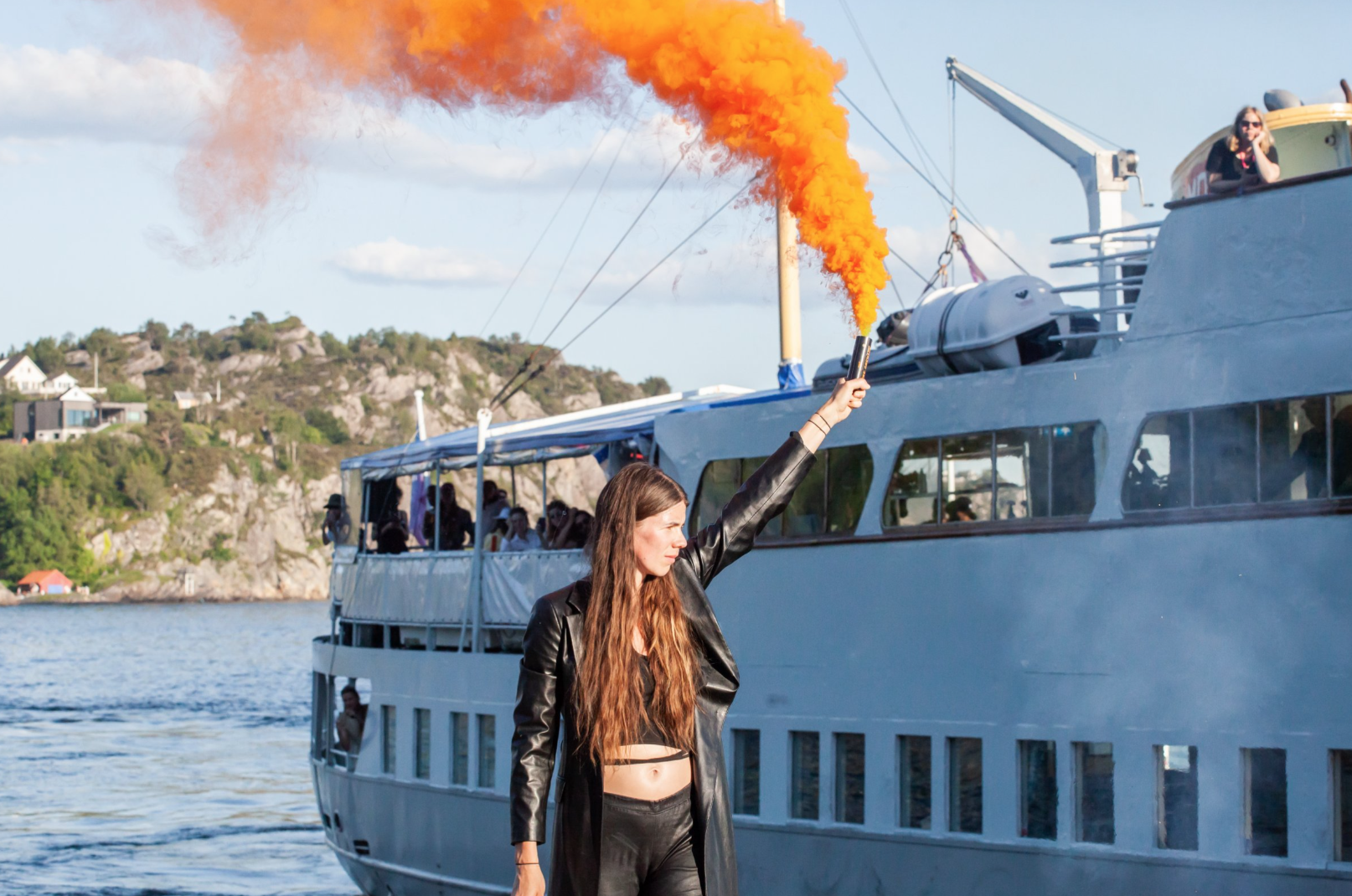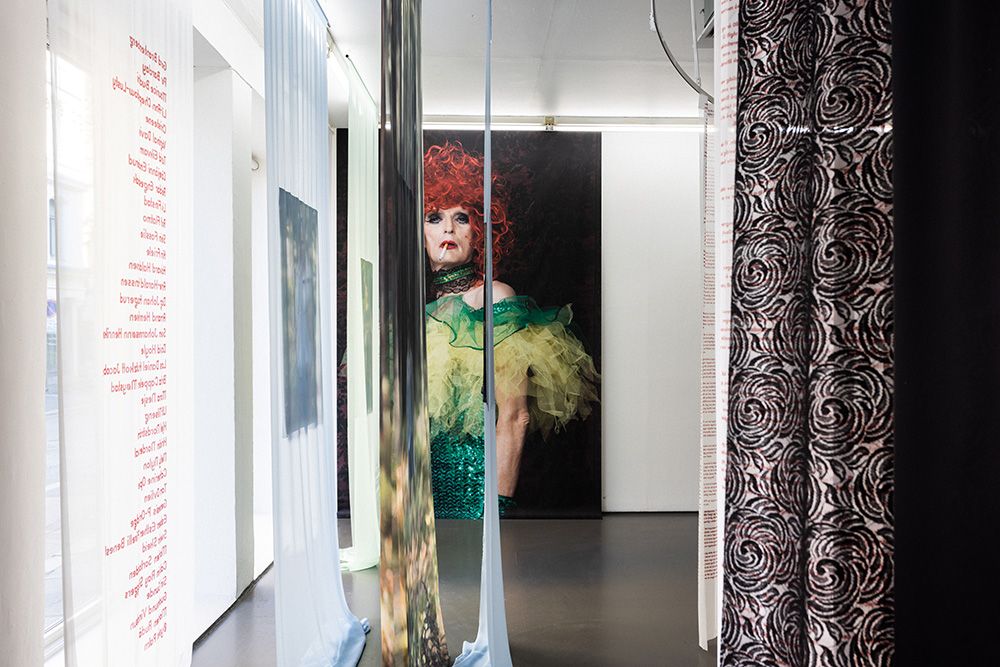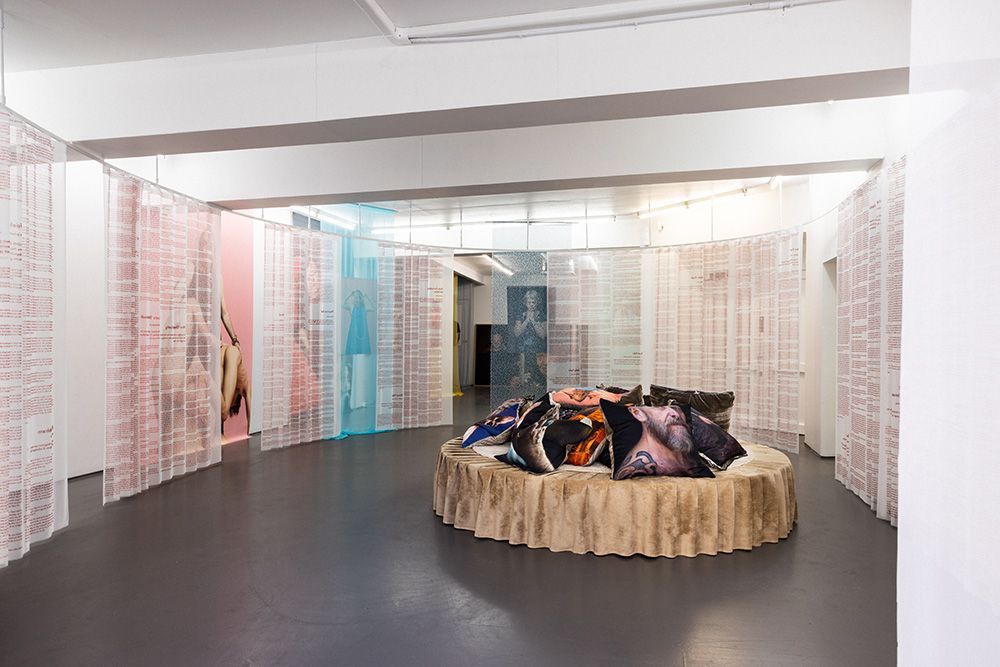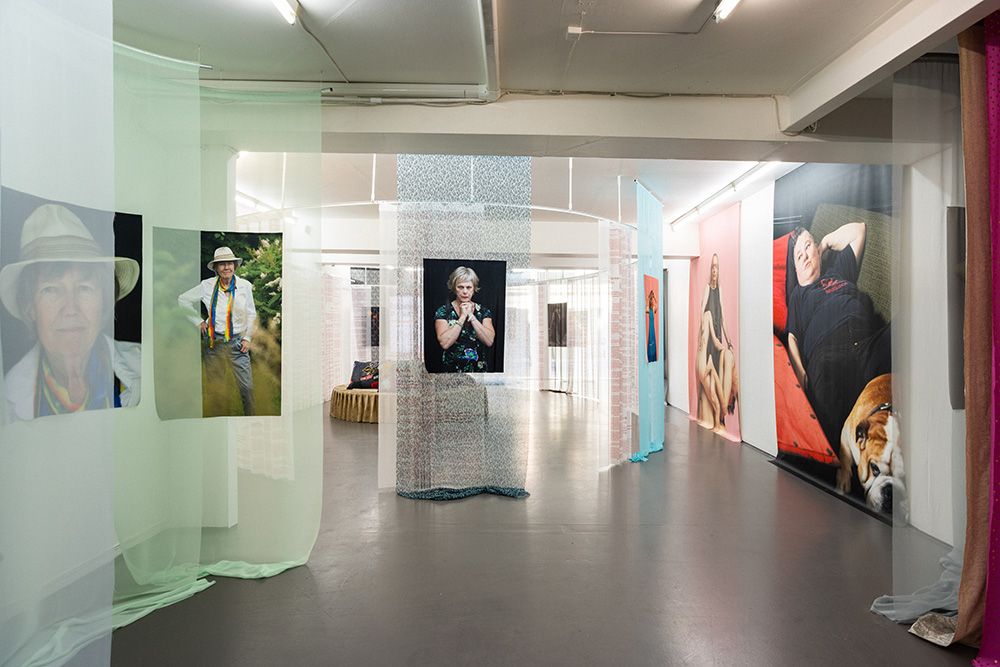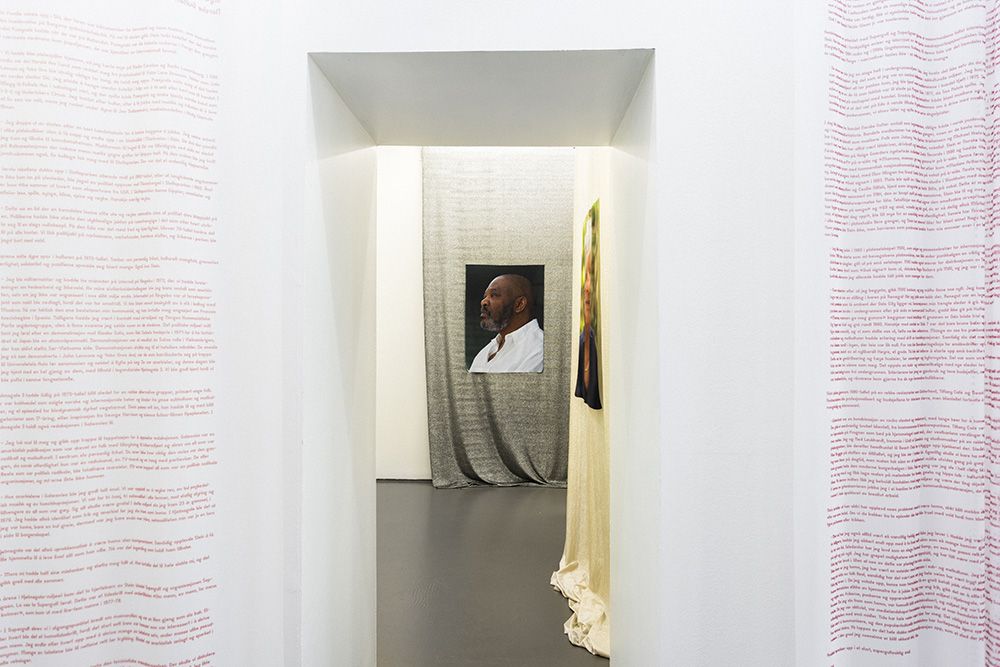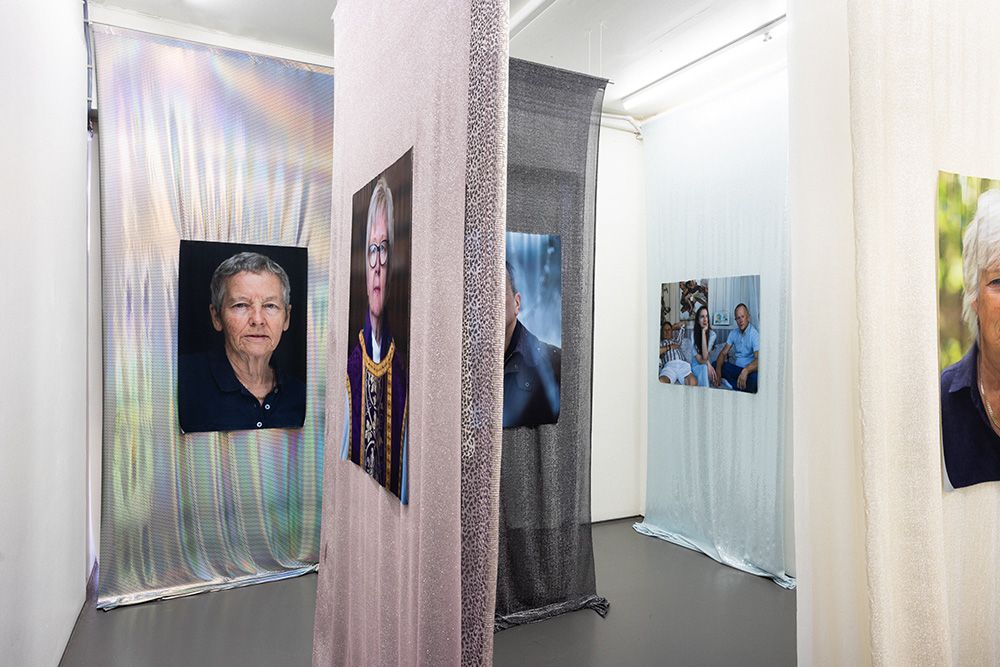There were more artist-run queer projects that have emerged in recent years all over Norway, and although I have not been able to attend many of them, I would like to take the opportunity to highlight them. For example, Hot House is an initiative for experimental, time-based art, founded in 2020 by visual artist Anette Gellein and cultural worker Marie Midttun Skretting in Stavanger, who “focus on womxn and queer artist in the art field, and welcome work in progress as a method for developing community and exchanging of ideas”. In August, they collaborated with Bergen-based Asterisk on a two-day festival of films, talks and performances at Studio 17 in Stavanger, and a club night. Asterisk, run by artist Kaeto Sweeney, is a “queer multidisciplinary event and platform” also founded in 2020. Bergen Kjøtt hosted Asterisk Film Club in January with Derek Sargent, an artist who runs an ongoing performative research project, thegraveproject.com with Jess Miley where extensive research culminates in visiting the graves of people who have had an impact on queer and non-normative culture. Bergen Kjøtt, under Eva Rowson’s leadership, also hosted Planningtorock together with Asterisk and the music collective Konsept [X] in April, as well as Trans Pride and Trans Awareness week, and the performance Batty Bwoy by Harald Beharie as part of Oktoberdans.
In Tromsø, the Open Out Festival has been running for five years and the artist-run space Kurant in 2021 started a two-year project, Kurant9000, dedicated to dissolving dominating and heteronormative structures. Ergi – a queer platform that aims to promote and unite queer artists and voices – invited Sami activist and journalist Dávvet Bruun Solbakk and the organisation for queer Sámi, Garmeres, to curate a chapter dedicated to queer Sámi identity. This project included a workshop to create non-binary Gàkti, run by duojár Anna-Stina Svakko, and resulted in an exhibition at Skien Kunstforening, curated by Heiki Eero Riipinen and Una Mathiesen Gjerde.


